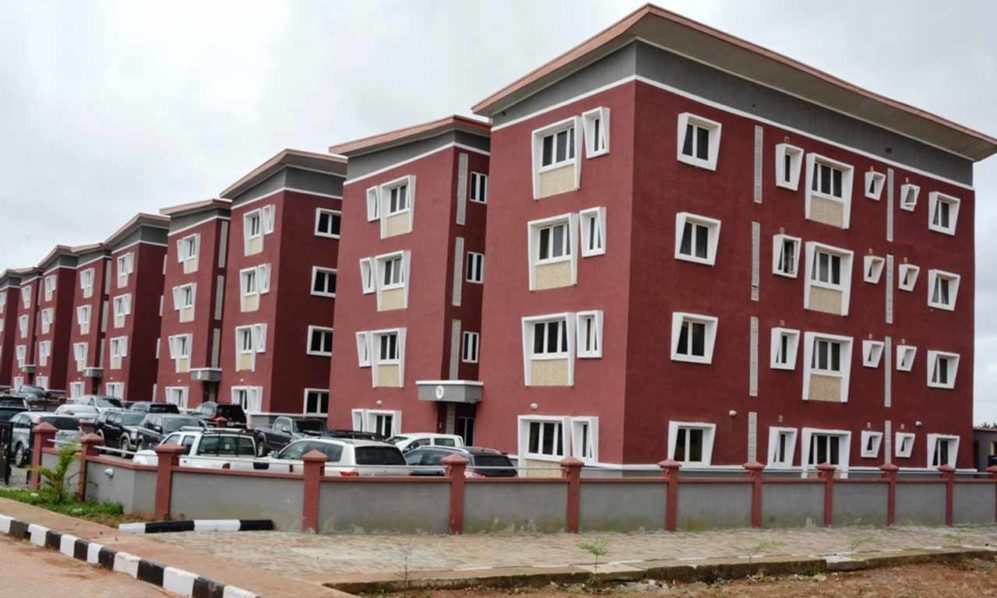Despite the critical role of shelter to human survival, availability of housing units for significant number of low- income group of the nation’ s population has remained a challenge.
Housing provision in relation to income has been observed to target more of the middle and upper income segment forcing over 17 million people to live in slums and rented apartments that are below standard.
The increasing population in urban centres has even created severe problems that result into overcrowding and a situation in which 60per cent of Nigerians could be said to be homeless.
According to World Bank statistics, Nigeria’s population is predicted to hit 206 million by 2020 and 264 million by 2030 crossing the 300 million thresholds around the year 2036. Still there are no strong efforts by authorities to cushion the effects of ever-expanding population on the low income earners and limited available infrastructures like; road, water supply, school and electricity and importantly housing supply.http://Factors against public private partnerships’ contribution to housing delivery’

Leave a comment




